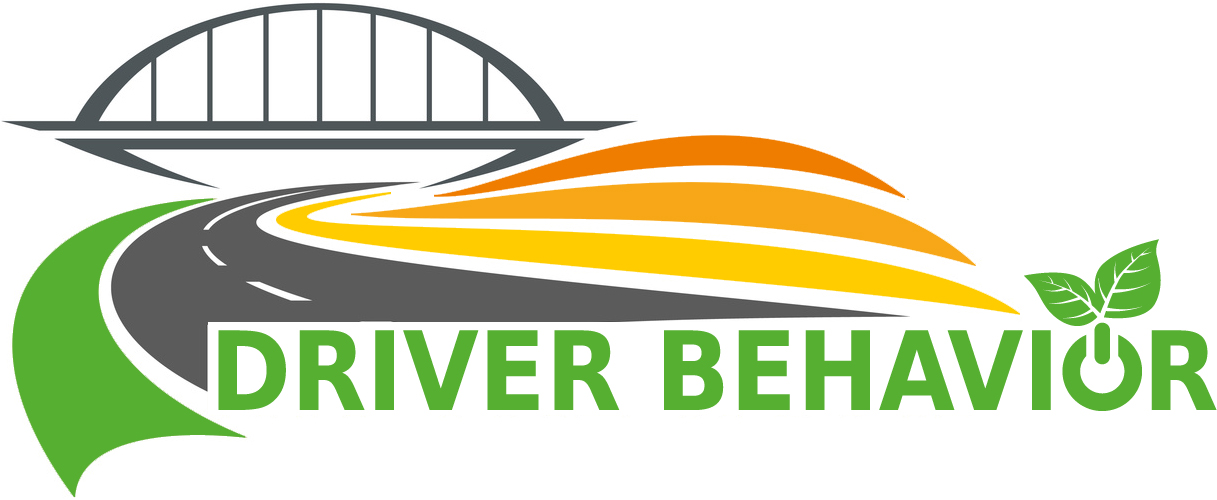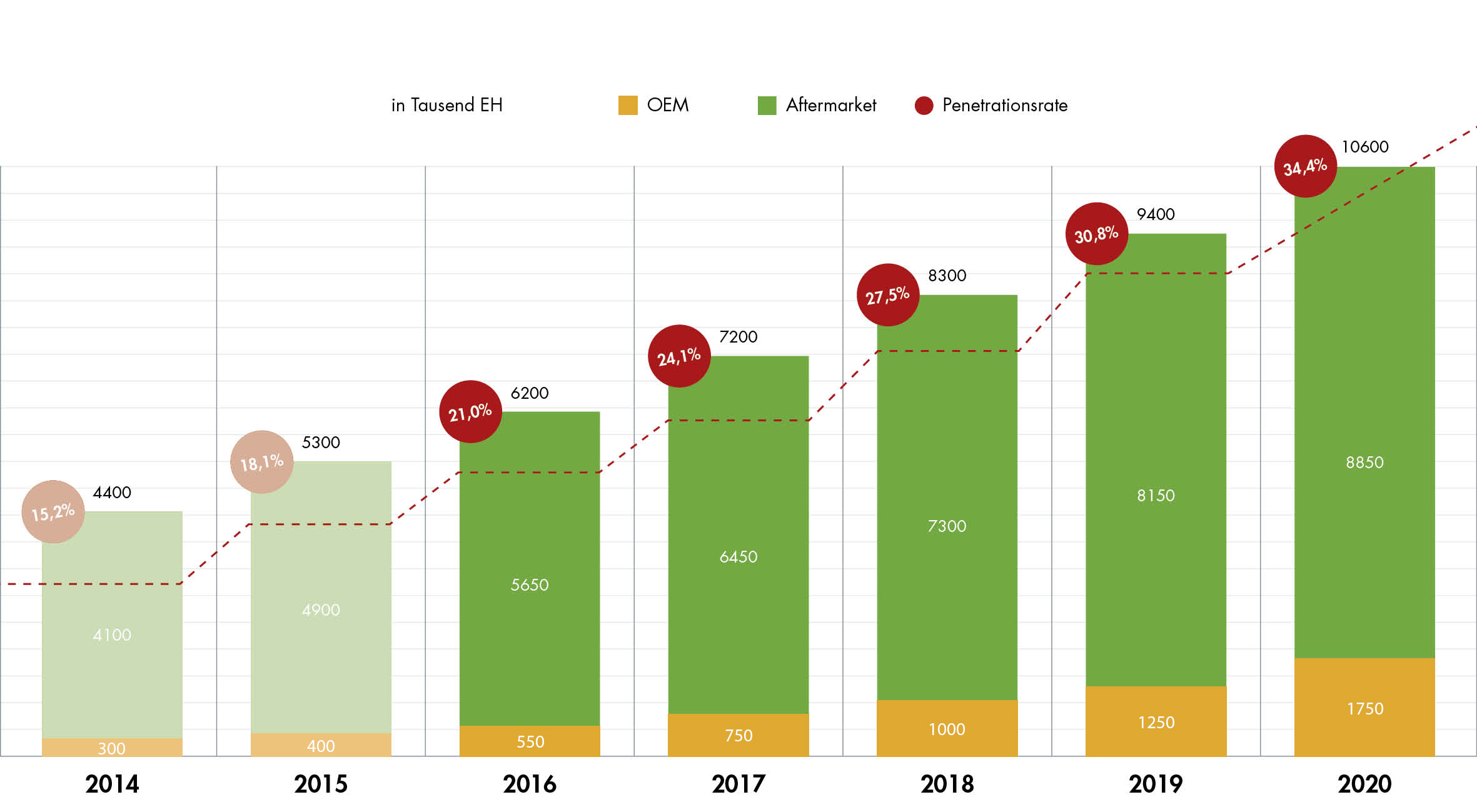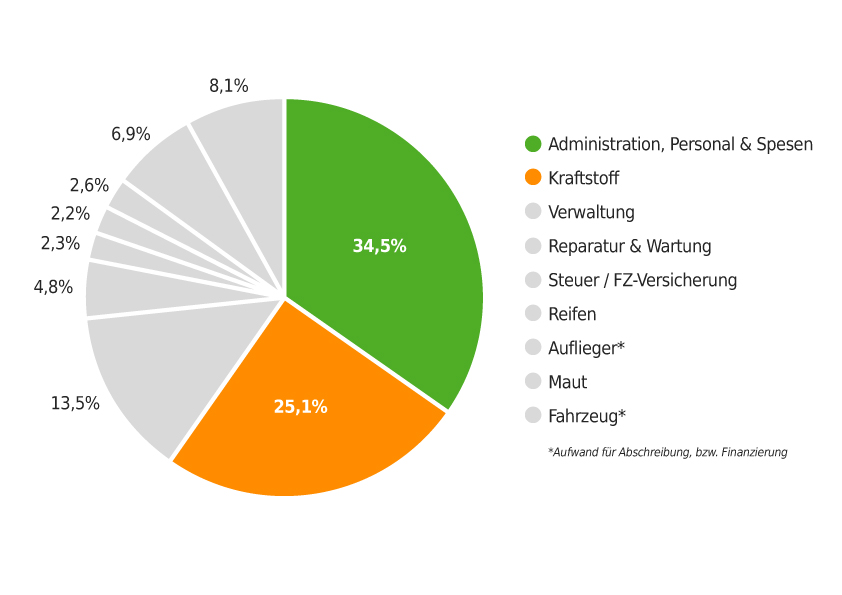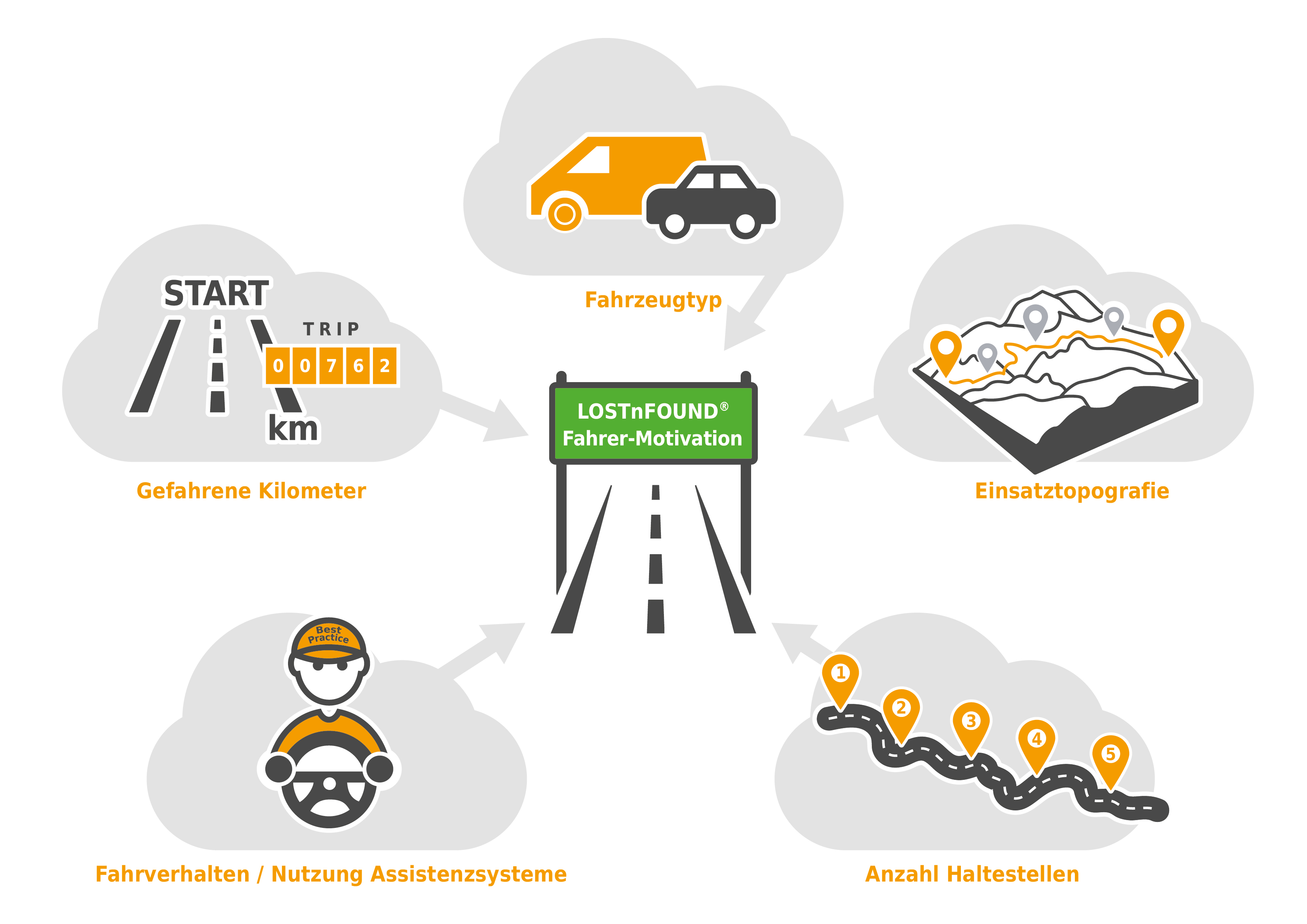Driver evaluation and motivation systems

The autonomous commercial vehicle or the digital driver?
The increasing digitalisation of the vehicle fleet is already a living reality today, as a result of which fleet management is becoming more complex and demanding. Everything should become faster, more comfortable and at the same time more cost-effective. But what about the driver? How can this be meaningfully integrated into a digitisation strategy? What about data protection in the relevant cloud systems? This blog post highlights the various aspects that can be expected in terms of changes for the driver in the coming years. The commercial vehicle constantly produces data, which is then available in the cloud within seconds. In a world in which the commercial vehicle writes an SMS or informs the workshop of future maintenance requirements via appropriate interfaces, this data is becoming increasingly indispensable for companies.

On the way to an autonomous vehicle
The self-propelled commercial vehicle will probably become a reality before the private car and will therefore roll over the roads of Europe in front of it. There are already numerous experiments with networked trucks or buses. The experts are in agreement and if the corresponding forecasts are correct, from around 2030 there will no longer be any long-distance drivers in the current sense at the wheel on long distances. As a concrete example the so-called ‘Platooning’ can be mentioned, in which the foremost truck sets the speed, the others follow at a close distance behind. To what extent the driver will still have a monitoring function here – similar to air traffic – and what such a crew could look like in the future is, however, still largely unclear today. What is clear, however, is that the profession of lorry driver will be subject to enormous changes. Irrespective of this, the networking of commercial vehicles will continue to be driven forward. This is not least evident from the installed telematics systems, which will grow strongly, especially with retrofit systems.

NUMBER OF TELEMATIC SYSTEMS IN USE
The resource for drivers
The smooth exchange of processing information has always been a critical efficiency driver in the logistics chain, which is exploited by many companies. But what about the most important resource – the driver? To what extent can it be seamlessly integrated into the efficiency-driven economy and how does it respond to sanctions related to its work, which are driven, for example, by driver rating systems?
Efficiency describes the economic use of something and is therefore always related to something. Efficiency is not synonymous with speed, rather speed can be a qualitative feature of efficiency. A driver should – like all other employees in the company – behave as efficiently and economically as possible. Now, however, it is important to consider the framework conditions which have a decisive influence on the use of driver evaluation systems.
Similar demographic and economic developments can be observed in many developed European countries, which clearly indicate that a shortage of qualified professional drivers is to be expected in the coming years. On the one hand, more than one third of all professional drivers are 50 years or older and the younger generation is largely absent. The profession of motorist suffers from a rather bad image and in combination with the increased demands on the professional qualification the attractiveness for newcomers is rather low. In the coming years, a further increase in the volume of goods transported by road is to be expected, which will further narrow the market for qualified professional drivers. The problem areas of demography and economic development show the urgency of dealing with the resource of professional drivers in an economically and socially balanced way.
Why even rate the driver?
Over the entire service life of a vehicle, fuel consumption (25.1%) and personnel deployment (34.5%) are among the decisive factors that determine the cost-effectiveness of the vehicle fleet. Today, vehicle manufacturers offer partly sophisticated driver evaluation systems, which are designed for their own vehicles and rely in particular on fuel consumption as a basis for evaluation. However, since the majority of entrepreneurs today rely on multi-brand strategies, such systems are extremely impracticable in practice, both technically and economically. With a certain amount of effort, these systems can be installed in isolated cases on vehicles of other makes, but only with comparatively high financial investments for the fleet operator. The installation of such third-party products is also not in the interest of the affected (third-party) vehicle manufacturers.
But above all: An assessment with the fuel consumption factor is too short-sighted, since important influencing factors such as topography or type of operation (long-haul/short-haul) are not taken into account.

COST BLOCKS USE VEHICLE OPERATION
Sanction or motivation?
What characterizes human motives has been described by psychologists in various motivational theories. Most of these theories are based on the assumption that motivation consists in striving for desirable and avoiding undesirable states. Drivers today are often held in too high an esteem, which puts pressure on motivation. This is exacerbated by the constantly growing deadline pressure and the increasingly difficult parking situation at the car ports. Encouraging and honest feedback – a very strong motivator – can have a positive influence on behaviour and, for example, encourage the driver to make use of improvement potentials: “It is a matter of creating incentives”.
Monetary incentives such as premium models, which aim to make optimum use of driver assistance systems, thereby improving performance and reducing costs for consumption and wear, result in a “win-win situation” for drivers and companies.

BASIC ELEMENTS OF A DRIVER MOTIVATION
Comparable data as a basis
A comparison that only aims at diesel consumption is considered unfair. If, however, a forward-looking driving style and the use of assistance systems are used and these are subsequently processed in the form of a ‘best practice approach’, the basis for a fair driver motivation system is laid. However, the fact that such a system should never sanction, but gives the driver the feeling of working together and thus promotes fun in efficient and conscious driving seems quite essential. The underlying philosophy is that only if the driver makes consistent use of existing vehicle technology can eco-vehicles contribute to environmental protection and cost savings!
The use of the brakes, a kick-down counter, recorded speeds, registered number of revolutions, stops and recorded idle times under the engine, the severity of the operation under consideration of the topography, a comparison of the tours driven which also takes into account the number of stops, all these are essential criteria for a balanced and fair assessment of driving skills.

DRIVER MOTIVATION BY COMPARIBLE DATA BASIS
Finally, it can be stated that a driver motivation system is only successful if the driver is not excluded. Particularly in this context, systems are to be classified which offer great benefits for companies from both an economic and an ecological point of view. A feedback system that motivates and not only sanctions offers the best conditions to be accepted by the affected drivers and then gives the company the greatest possible benefit!

